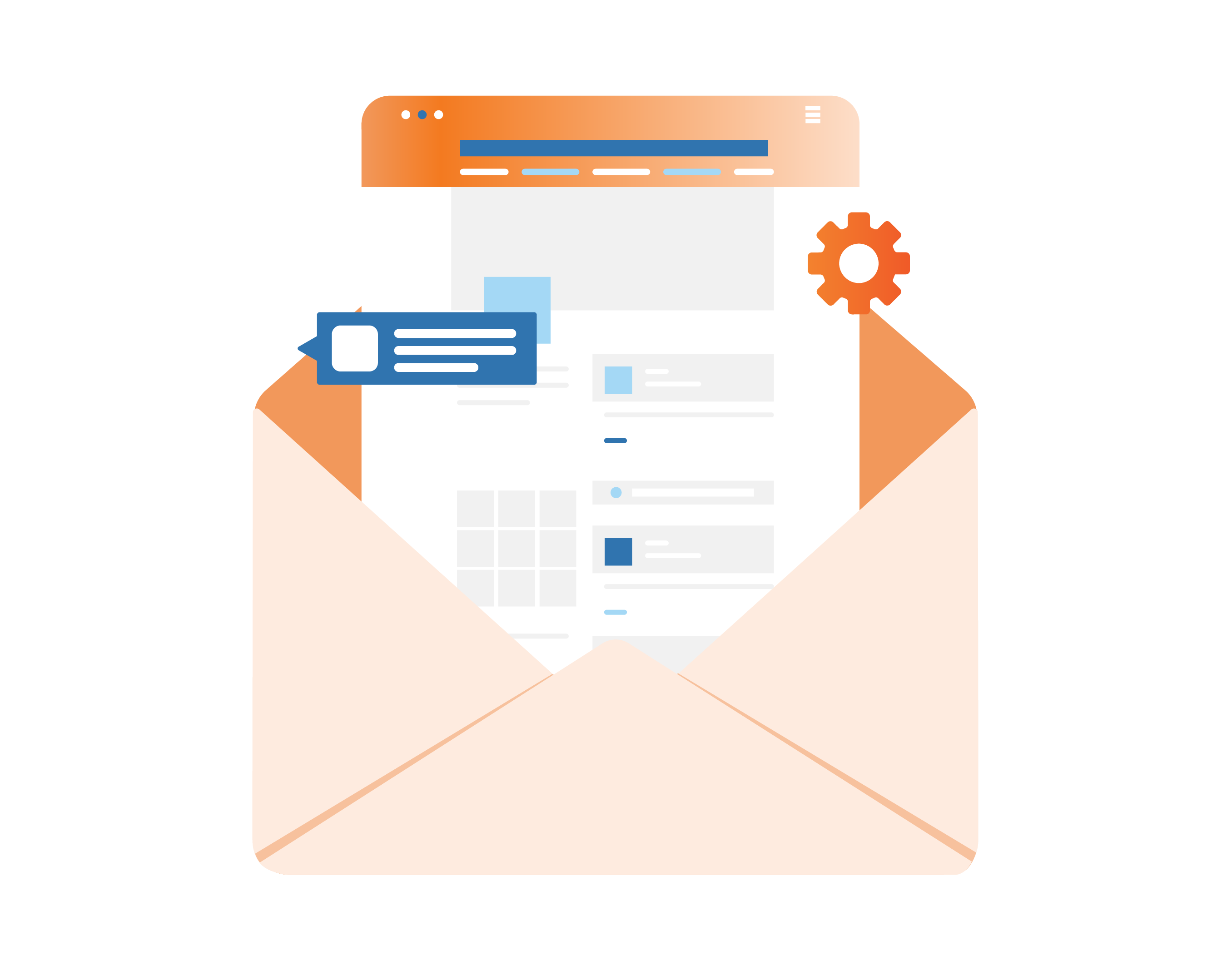Choosing the right project management tool can significantly impact your team’s efficiency and productivity. Trello, Monday, and Asana each offer unique features tailored to different project needs, but Trello stands out for its visual organization, making it ideal for teams that thrive on a user-friendly interface. Understanding how these platforms align with your workflow is crucial in making an informed decision.
At Completing, we believe in streamlining workflows that help eliminate the chaos often found in project management. Our systems for automation and integration provide seamless experiences, allowing you to focus on what truly matters. If you’re overwhelmed by fragmented processes and unnecessary complexities, it’s time to explore how these tools can transform your projects.
As you weigh the options between Trello, Monday, and Asana, keep in mind that the best choice depends on your team’s specific needs and preferences. By considering factors like ease of use and functionality, you can select the platform that not only enhances collaboration but also aligns perfectly with your goals for efficiency.
Comparing Core Functionalities
Understanding the core functionalities of Trello, Monday, and Asana can greatly enhance your project management efficiency. Each tool offers unique features tailored to different needs, which can impact your workflow and team collaboration.
Project Management Features Comparison
Trello utilizes a Kanban-style board interface, allowing for easy visualization of project stages. You can create lists for different phases and move tasks between them, which enhances team collaboration.
Monday provides a more structured approach with customizable boards that include timelines, Gantt charts, and various views to manage complex projects. Its versatility caters to diverse project management needs.
Asana combines task management with project milestones, allowing you to set deadlines and dependencies easily. This feature helps you focus on priorities, ensuring that your team meets key deliverables.
Task Management Capabilities
With Trello, each task can be detailed with checklists, due dates, and attachments. This flexibility allows your team to break down larger projects into manageable tasks, streamlining efforts.
Monday’s task management is robust, supporting automation for repetitive tasks. You can assign team members, set timelines, and track progress through automation, which reduces manual input and enhances productivity.
Asana excels in creating task hierarchies. You can break tasks into subtasks and assign them to different team members. Its ability to track task completion in real-time keeps everyone aligned on project goals.
User Interface and Experience
Trello’s user interface is known for its simplicity and visual appeal. The drag-and-drop functionality lets you move tasks effortlessly, making it intuitive for teams to adapt quickly.
Monday’s interface is highly customizable, allowing you to add various widgets and dashboards tailored to your workflow. This flexibility can enhance user experience but may require a steeper learning curve.
Asana strikes a balance between functionality and user-friendliness. Its clean design and straightforward navigation make it easy to use, while powerful features ensure effective task tracking. For those seeking to streamline workflows further, consider using Completing. Our solutions for Project Management Systems Automation & Integration simplify work processes and free up time for your team.
Analysis of Planning and Reporting Tools
Planning and reporting tools are essential for effective project management, providing clarity and insight into progress. Utilizing Gantt charts and dashboards enhances your ability to track projects and report on outcomes efficiently.
Gantt Chart Utilization
Gantt charts are valuable for visualizing project timelines and progress. They represent tasks along a timeline, showing when each task starts and ends. This visualization helps you identify dependencies and overlaps among tasks.
In your decision-making, look for tools that allow easy adjustments to timelines and provide real-time updates. An effective Gantt chart will enable you to monitor who is responsible for each task while ensuring that deadlines are met.
Completing specializes in project management systems automation, facilitating smooth workflows around tools like Gantt charts. By streamlining processes, you can fully harness the power of task visualization, ultimately leading to more successful project completions.
Dashboards and Reporting
Dashboards provide a consolidated view of project metrics and performance indicators. They allow you to assess project health at a glance, displaying progress, deadlines, and resource allocation. Customizable dashboards enable you to focus on the most critical data for your specific project needs.
Effective reporting tools should integrate seamlessly with your project management system. Real-time reporting ensures you have the latest information, allowing for timely adjustments. With the right dashboard, identify potential issues before they escalate.
Completing simplifies reporting by automating data collection and presentation. This integration ensures you spend less time sifting through data and more time focusing on strategic decisions.
Evaluation of Collaboration and Integration
Effective collaboration and integration are essential for maximizing productivity in any project management tool. Understanding the specific features that support team interactions and external tool connectivity can significantly impact your workflow.
Team Collaboration Features
Trello offers an intuitive interface that emphasizes visual collaboration. You can use boards, lists, and cards to organize tasks, with options to comment and share updates easily. This structure makes it simple for teams to engage and stay informed.
Monday emphasizes structured data management, allowing for customized dashboards that provide insights at a glance. Its robust assignments and status updates help keep everyone aligned on project progress. You can also automate notifications to enhance communication among team members.
Asana supports advanced collaboration with features like task assignment, project timelines, and dependency tracking. You can create subtasks, milestones, and assign multiple team members to one task, ensuring everyone’s contributions are recognized and monitored.
Third-Party Integration Options
Trello shines in third-party integrations, with over 200 options available. This includes tools like Slack, Microsoft Teams, and Jira, allowing seamless communication and coordination. With integrations, you can automate processes, reducing the need for manual updates.
Monday also provides extensive integration capabilities, supporting tools your team may already use. Connecting with Slack and Microsoft Teams can enhance real-time communication and feedback, making collaboration more effective.
Asana ensures connectivity with many applications, streamlining workflows and allowing users to pull information from various tools. This means you can centralize your project management without losing the functionality of other essential software.
For businesses looking to enhance their integration and automate workflows, consider partnering with Completing. We simplify project management systems and help deploy streamlined workflows tailored to your team’s needs.
Pricing and Plans
When evaluating project management tools, pricing and plans can significantly influence your decision. Understanding the free options versus the paid plans, as well as the different tiers each platform offers, is essential to maximizing your investment.
Free vs Paid Options
Many platforms, including Trello, Asana, and Monday, provide free versions that cater to basic project management needs. For example, Trello’s free plan offers up to 10 boards, which is ideal for smaller teams or simple projects. Asana’s Basic plan allows teams of up to 15 people to access its core features, including unlimited tasks and projects.
Paid options come with enhanced capabilities. Asana offers plans starting at $13.49 per user per month for the Starter plan, which includes features like timeline view and reporting. Monday begins at $10 per user per month for its free plan, suitable for individuals or small teams. Upgrading to premium plans unlocks advanced features such as automation and integrations.
Plan Types and Value
Each platform features multiple plans tailored for different team sizes and requirements.
- Basic Plan: Ideal for individual users or small teams. Includes essential features with usage limits.
- Premium Plan: Offers advanced features for larger teams, enhancing collaboration and reporting capabilities.
- Business Plan: Designed for organizations needing robust tools for project tracking and management.
- Enterprise Plan: Customizable options for large businesses requiring advanced security and compliance.
With Completing, streamline your workflows further, as our project management systems automation and integration simplify work processes. We enhance productivity, allowing your team to focus on priority tasks rather than fragmented processes.
Advanced Features and Customization
Effective project management tools offer advanced features that enhance productivity and streamline workflows. A focus on automation and customization ensures that you can tailor your systems to fit your specific needs.
Automation
Automation is key in reducing repetitive tasks. Tools like no-code automations allow you to set triggers that initiate actions without requiring programming skills. For example, you can automate notifications for upcoming deadlines or status changes, ensuring your team stays informed.
Using advanced checklists, you can create templates that auto-populate tasks, allowing easy tracking of project milestones. This not only saves time but also helps maintain consistency across various projects. Implementing these automation features enhances efficiency, letting you focus on more strategic work.
Customization and Flexibility
Customization options provide you with the ability to design your workflow to match your team’s needs. With tools that allow you to build custom fields, views, and dashboards, you’re not confined to a singular way of working. You can create distinct workflows that cater to different projects or departments.
Flexibility is crucial. You can modify notifications to ensure the right people receive updates at the right time. When seeking a project management solution, consider how Completing can help you deploy streamlined workflows and integrate tools to eliminate complexity. This helps free up time for your team, enhancing productivity and collaboration.

